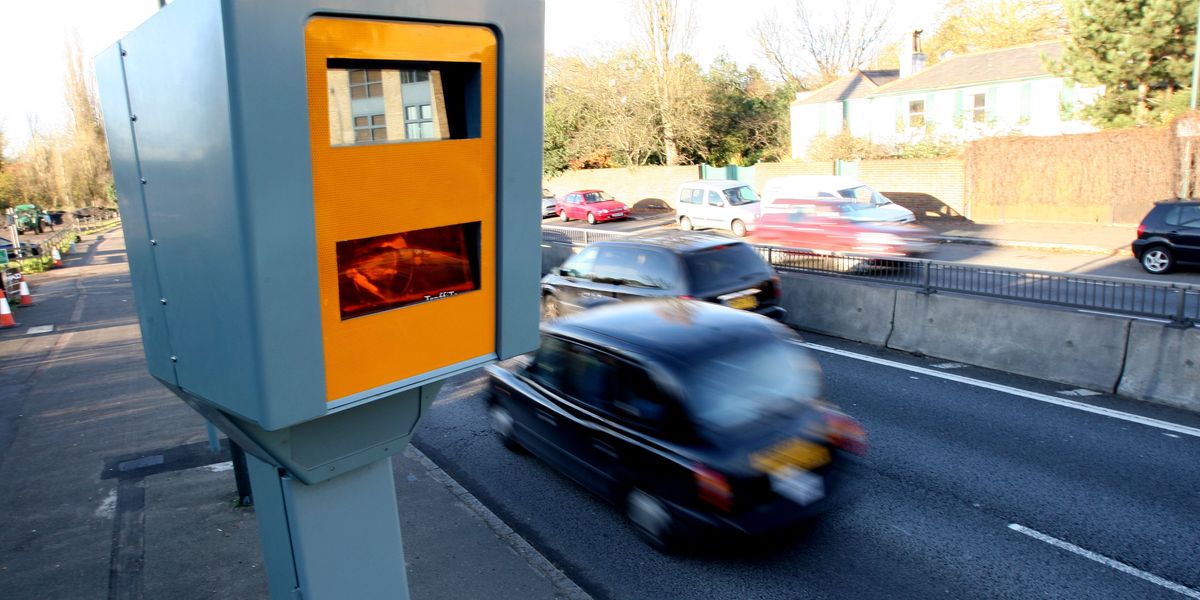Experts are on red alert after uncovering a ticking time bomb in Antarctica that would reshape the continent and dramatically increase sea levels worldwide.
More than 100 volcanoes lie beneath the surface of the West Antarctic Ice Sheet, which is ‘particularly vulnerable to collapse, yet its position atop an active volcanic rift is seldom considered,’ the study noted.
Scientists have warned that as climate change causes the ice sheet to melt, this drives increased volcanic activity that speeds up melting at the surface, creating a ‘positive feedback loop.’
As the ice sheet melts, the amount of mass pushing down on the surface decreases, which creates an uplifting effect in the subsurface.
This, in turn, allows magma chambers deep within the continent to expand, which speeds up the processes that lead to an eruption by putting stress on the chamber walls and releasing gas trapped inside the magma.
When volcanoes erupt, this drives more melting at the surface, and the process starts over again.
The researchers modeled this phenomenon using over 4,000 advanced computer simulations, finding that surface melting speeds up the process that initiates the first stages of an eruption by tens to hundreds of years.
In one of the modeling scenarios, the team removed a 3,280-foot-thick ice sheet over the course of 300 years, which is considered moderate melting for West Antarctica, and found a significant increase in volcanic activity and the size of eruptions.
Some of the chambers released enough heat to melt more than three million cubic feet of ice a year.
Experts have warned of a newly discovered a phenomenon in Antarctica that could increase volcanic activity and global sea level rise. Pictured is Mount Erebus, the continent’s largest largest active volcano
Increased eruptions from the West Antarctic Ice Sheet’s numerous volcanoes would not directly harm human communities, as the continent is largely uninhabited.
But they could cause indirect harm by speeding up sea level rise, which threatens coastal communities.
If the ice sheet completely collapsed, sea levels could rise a catastrophic 190 feet.
This would completely submerge entire coastal cities such as New York, Tokyo and Shanghai, rendering them uninhabitable.
Luckily, scientists believe that apocalyptic scenario is still a long way off.
The most recent estimate predicts a near-total collapse of the West Antarctic Ice Sheet by the year 2300, which gives humanity 275 years to try and slow its decline.
But because the models that generated this estimate have not accounted for the melting-volcanism feedback loop, according to the researchers, the actual date of collapse may be sooner, though more research is needed to determine whether that is the case.
Still, the new study suggests that the volcanic activity beneath the ice sheet may play a larger role in its decline than experts previously thought.
Current predictions about sea level rise hinge on scientists’ ability to forecast the stability of the West Antarctic Ice Sheet, which is nearly twice the size of Alaska and is particularly vulnerable to collapse for a number of reasons.
The researchers used a model to simulate how different decreases in magma chamber pressure influences the ice sheet’s melting.

More than 100 volcanoes lie beneath the surface of the West Antarctic Ice Sheet. In fact, what appears to be a frozen wasteland is actually the largest volcanically active region on Earth

While experts have known of these volcanoes for years, researchers recently found that the interplay between volcanic activity and surface ice melting creates a ‘positive feedback loop’
They also explored how the loss of surface mass due to melting allows magma chambers to expand, decreasing the pressure inside and ultimately altering the trajectory of future eruptions in a couple different ways.
The first is through the expansion itself, which puts stress on the walls of the magma chamber and thus makes eruptions more likely.
The second mechanism is more complex. Many magma chambers contain gases such as water vapor and carbon dioxide, which are dissolved in the magma under high pressure.
But when the melting of surface ice causes pressure to decrease, those gases escape in bubbles.
As those gases escape, the pressure inside the chamber rapidly builds again, increasing the chances of an eruption.
These eruptions — even those that never breach the surface — generate massive amounts of heat that cause more ice to melt, and this in turn creates more eruptions.
The researchers found that some of the eruptions simulated by the model would never had occurred without the influence of surface melting.
This may result in a greater total release of magma over a chamber’s lifetime, they concluded.
Climate change is already driving rapid melting at the West Antarctic Ice Sheet and other glaciers around the world.
But the researchers’ model identified a feedback loop that suggests the melting indirectly drives itself by increasing the frequency of volcanic eruptions in the ice sheet.

The researchers’ model suggests that surface melting speeds up the process that initiates the first stages of an eruption by tens to hundreds of years, thus causing more melting

Increased Eruptions from the West Antarctic Ice Sheet’s numerous volcanoes would not directly harm human communities, but could cause indirect harm by speeding up sea level rise
They even found evidence of this phenomenon in real-world research that had been conducted in the Andes mountains of South America, where the Patagonia ice sheet formed atop the Southern Volcanic Zone 18,000 to 35,000 years ago.
Though only remnants of this ice sheet exist today, the researchers used geochronologic data spanning the last two glacial cycles to identify a link between surface ice melting and increased eruptions three different volcanoes located on the ice sheet.
The researchers published their findings in the journal Geochemistry, Geophysics, Geosystems
They emphasized that the process they identified is slow, taking place over hundreds of years. But this means that the feedback loop could continue even if human-driven climate change slows down.













